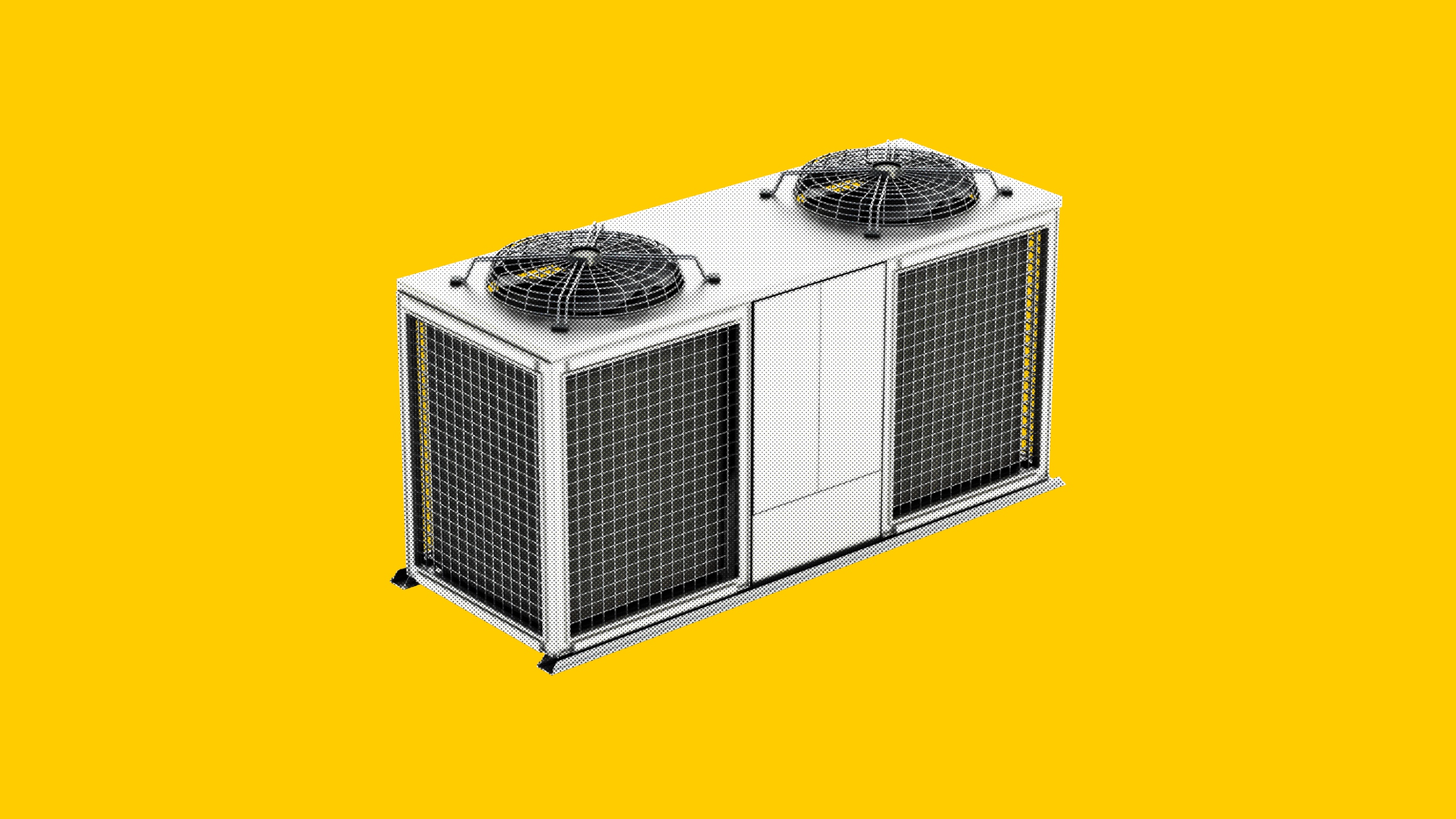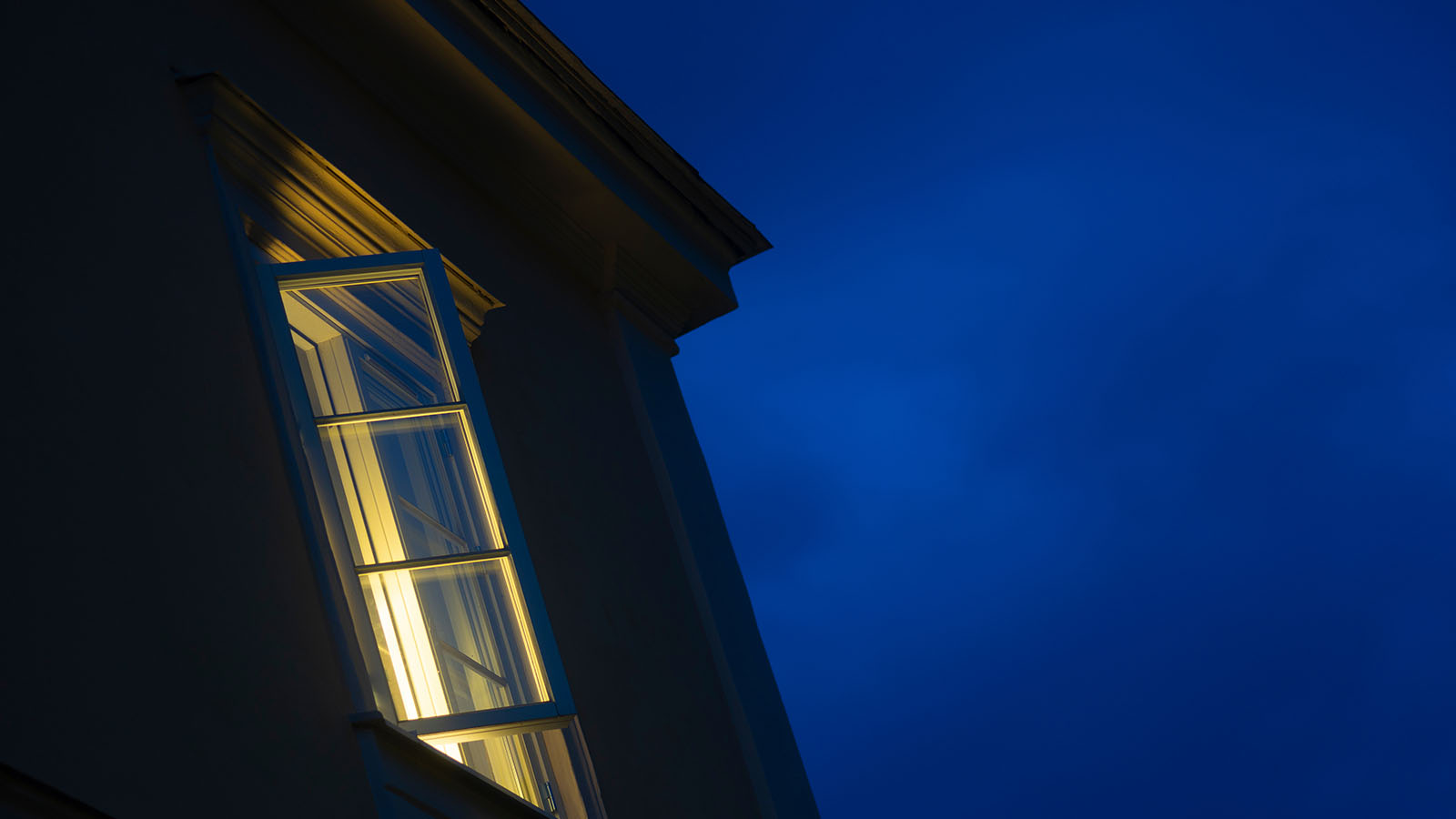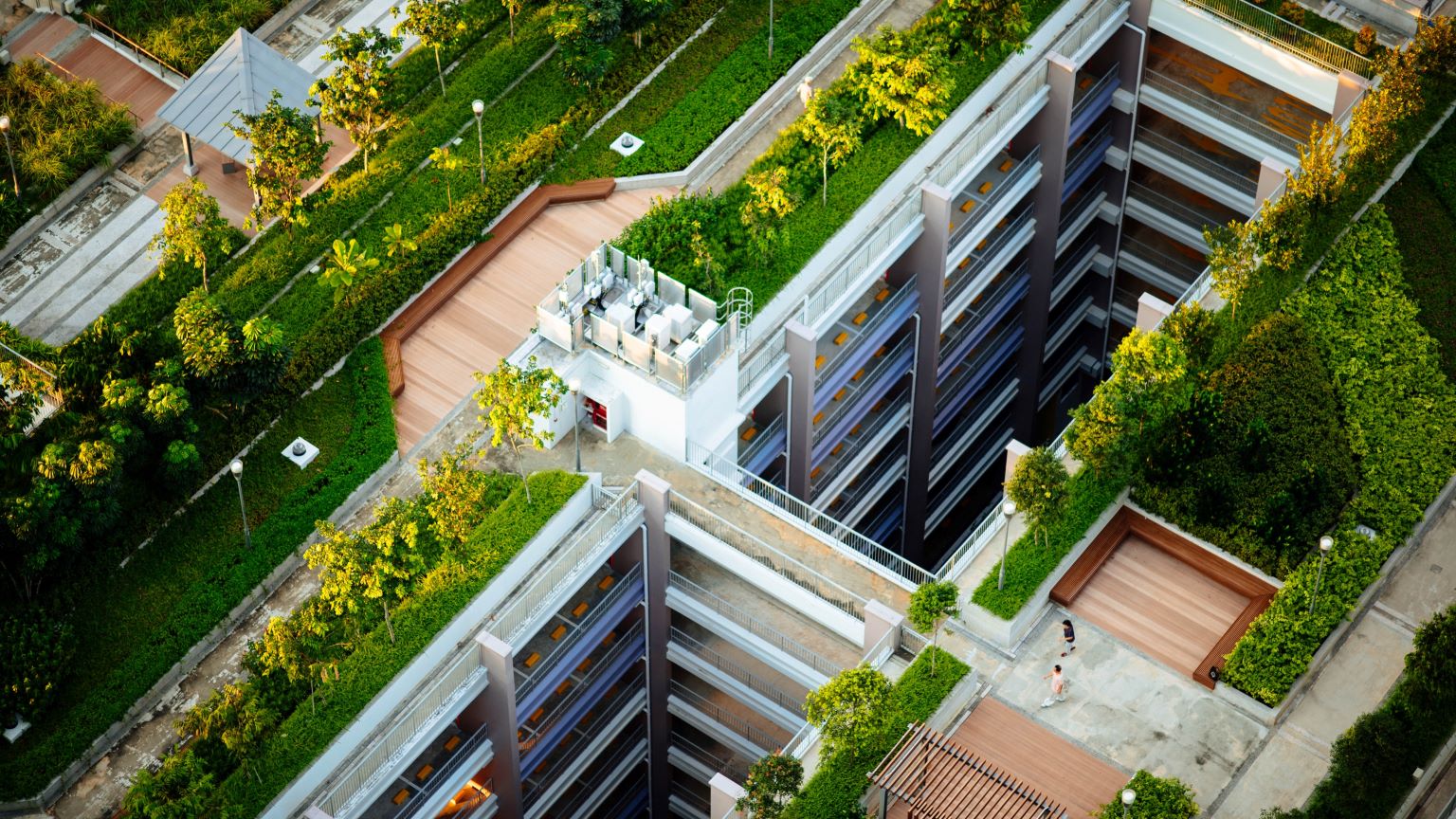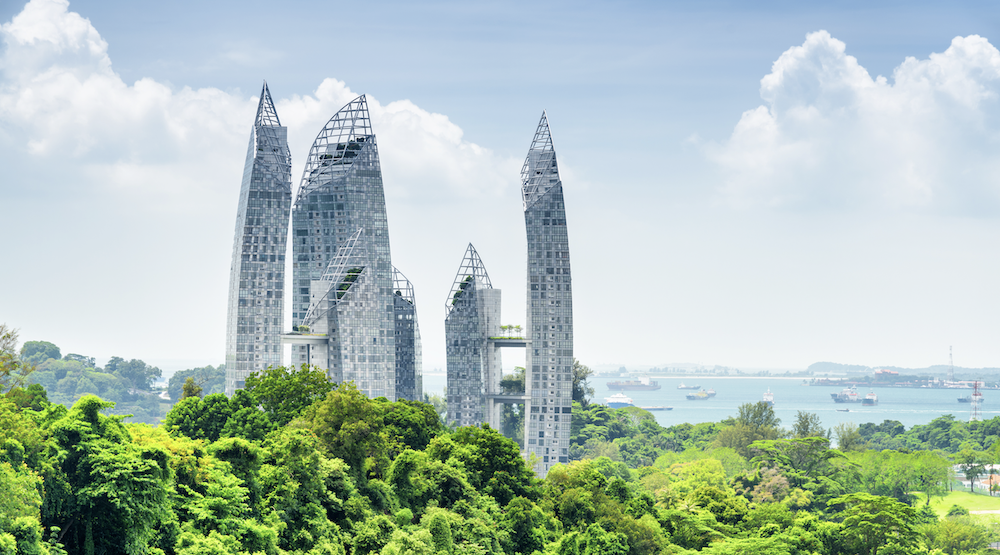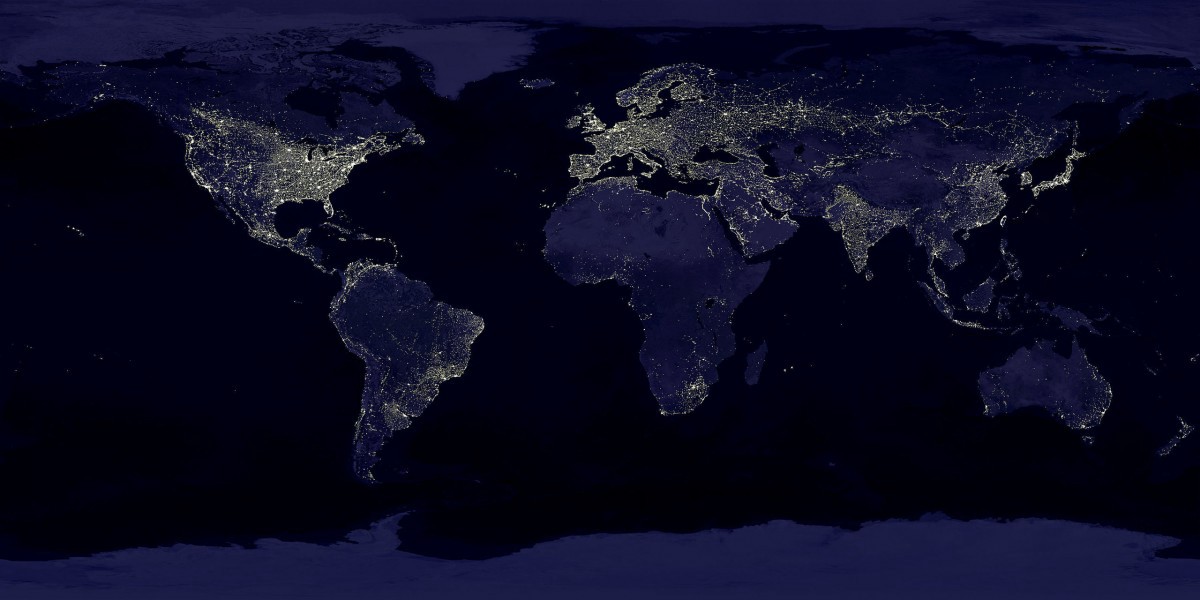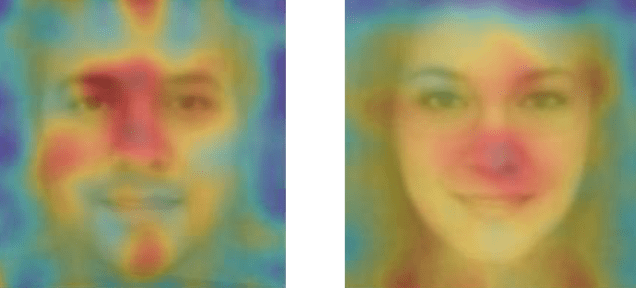All Roads Paved with Asphalt Trap 90% of the Sun’s Heat—That’s a Problem
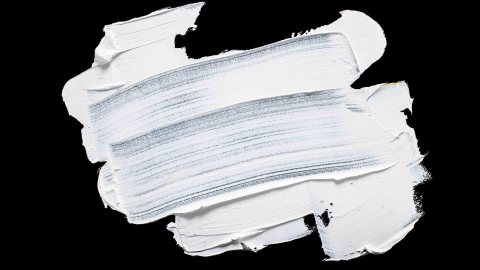
Heat will be a huge problem in the future. According to NASA, 2016 was the third year in a row to set a new record for global average surface temperatures. And 2016 report from the journal Climate Change concluded that “globally, the probability that any summer during the period 2061–2081 will be warmer than the hottest on record during 1920–2014, is 80%.”
For cities the problem is even bigger. On top of the rising temperatures, the urban heat island effect results in an additional 1.8 to 5.4°F burden for urban dwellers during the day and up to 22°F in the evenings. Concrete buildings, asphalt paved roads radiating accumulated heat throughout the night, and lack of trees contribute to the making of scorching cities. Active measures will be needed to reduce the risk of heat-related health problems.

On a sunny summer afternoon, urban air can be 1-3°C (2-5°F) warmer than nearby rural air / Berkeley Lab
It is no surprise that LA is one of the first cities to take such measures. The urban heat island effect makes LA almost six degrees hotter than the surrounding desert, and the heat causes 60 to 70 deaths every summer. Mayor Eric Garcetti has an ambitious plan to reduce the city’s average temperature by 3 degrees Fahrenheit over the next 20 years.
KCRW reports that the plan will employ several measures. One is planting 40,000 more trees in the next two years, with a potential for 1 million more for the whole city. Studies show that trees have many positive effects on a city – from reducing temperatures and pollution to improving the mental health of citizens. Another measure from the plan is installing heat-reflecting roofs on new houses (12,000 have already been installed), which reflect more light and keep houses cooler.
The third measure is still in its trial phase, but is already spiking interest in municipalities around the world. It consists of covering the city streets with a special type of light-colored coating called CoolSeal, which makes them more reflective and reduces the amount of heat trapped by asphalt. Traditional asphalt absorbs up to 90% of the sun’s radiation and contributes to warming up the surrounding air not only during the day, but also at night.
The LA Street Services twitter account has been providing updates of streets being treated with the new coating and comparing the surface temperatures of the treated and untreated asphalt. The difference can come up to 15 degrees Fahrenheit.
Ambient temp on Jordan Av this afternoon is over 100F
Regular asphalt is 153F
Cool Seal is only 138F!@BobBlumenfield cc @LHansenLApic.twitter.com/pstO5F4NvO
— Greg Spotts (@Spottnik) August 30, 2017
On a 95deg afternoon on the 1200 block of Bonnie Brae St, regular pavement is 152deg F, and Cool Seal section is 138F!@gilcedillocd1 pic.twitter.com/QKCJyZpqje
— Greg Spotts (@Spottnik) August 29, 2017
Greg Spotts, the assistant director of the Bureau of Street Services told the Washington Post:
“There’s been estimates that suggest covering a third in the city’s pavement with a cooler materials might be able to move the needle on the city’s temperature. We’re not ready to do that, but we do want to explore what it might take to go big and take this thing to scale.”
The coating costs about $40,000 per mile and lasts seven years. Countries including China, Israel, Australia and Saudi Arabia have shown interest in the material, while other cities are also taking measures to reduce temperatures. Singapore, for example, has taken steps to reduce the impact of flash floods, droughts and heat waves by improving drainage and growing urban green spaces. In Denver, a citizen-led group hopes to start a green-roof initiative.
Still, more needs to be done, especially in acknowledging the urban heat island effect as a serious public health problem that requires city-wide and long-term measures.
As UCLA professor of medicine and public health David Eisenman says for KCRW:
“Doctors don’t even think of exposure to heat as a real problem sometimes. It’s not been a statewide effort to help the medical profession understand this better. We’re not doing anything to help make sure this gets diagnosed more often. We’re not doing anything to systematically warn our patients about it. So this is not being dealt with on a professional level in California.”
Climate models suggest that by 2050, the temperature in downtown L.A. will exceed 95 degrees 22 days per year. Many cities around the world will face the same problem. Hendrik Wouters, of Belgium's Katholieke Universiteit Leuven and Ghent University has the following recommendations for cities that wish to reduce their temperature:
"Urban warming can be reduced by cutting down cities' carbon footprints, implementing the Paris Climate Agreement, and also by rolling back urban expansion and avoiding local heat generation.
This can be done by fitting low-carbon high-rise buildings, green spaces and vehicle-restricted traffic into existing cities and villages, making them more compact and energy-efficient. Urban hot spots can further become more heat resistant with small streets, shady trees, sunshades and green roofs, running water, fountains, spray systems and storm-water reservoirs, and better thermal regulation of buildings."
--
